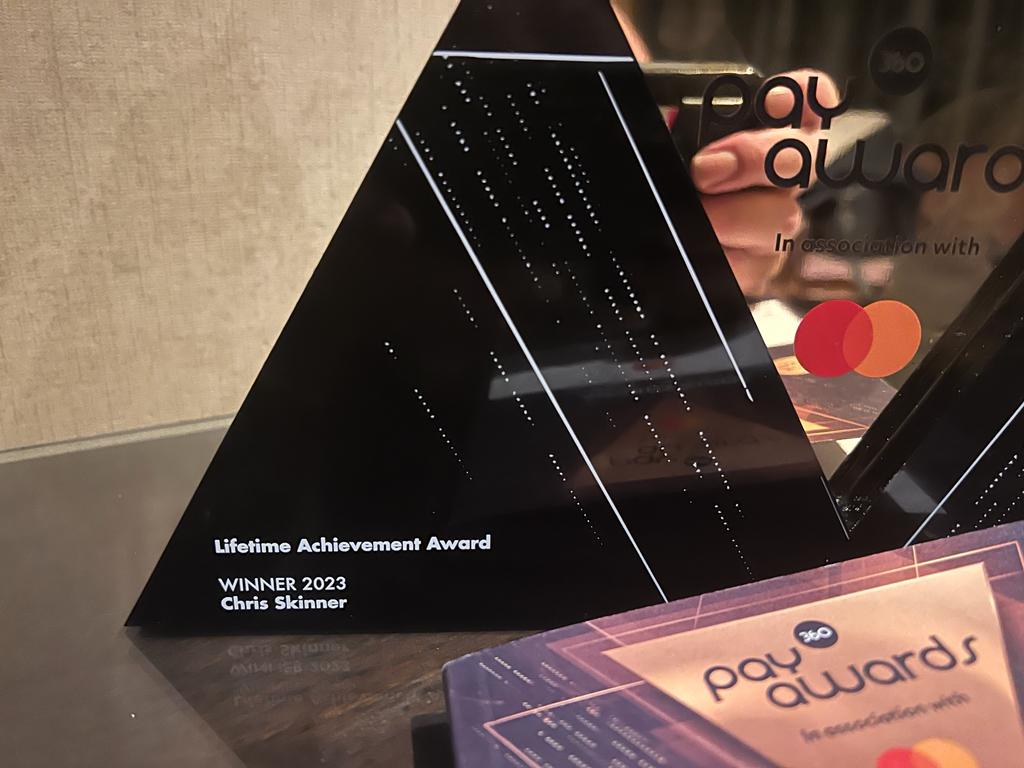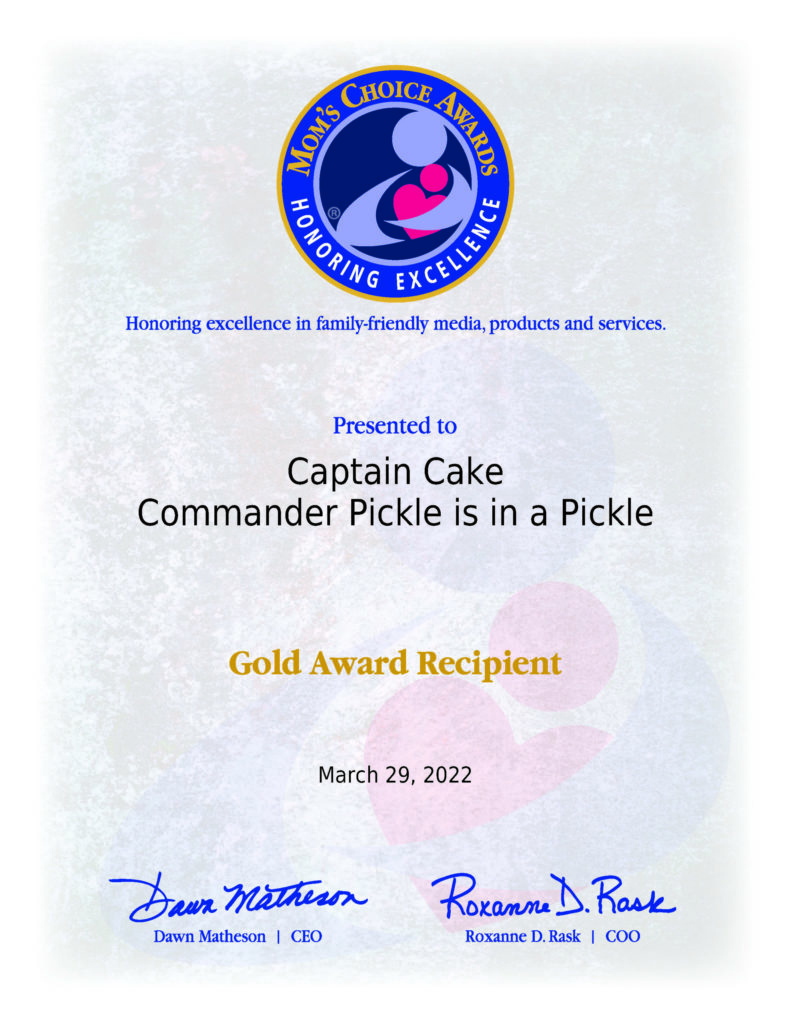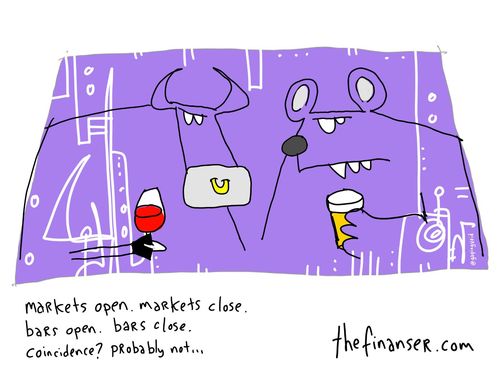
Following on from yesterday’s blog about the challenge of taking a vertically integrated bank and breaking it into
pieces that can be assembled as part of an alternative service, such as a
mobile app, reminded me of the build my own bank presentation from February
2009 (can this really be four years old already?).
The thing is that this functionality based bank – deconstructed
and ready for apps - is a totally different beast. It’s a bank that fits into any other model of
business.
Almost like chopping the bank into process pieces that are
then released as APIs,
the deconstructed bank becomes plug-and-play.
That’s the extreme opposite of the end-to-end
vertically integrated bank that owns the whole customer proposition, but this
is exactly why banks are struggling with mobile banking models right now.
Banks worry that telco’s want to be banks, and telco’s worry
that banks want to become telco’s, but neither is right. They are just part of a much larger ecosystem
of functionality pieces that are provided by many.
The model was well illustrated by the launch of Google
Wallet,
where Citibank provided the cards but there was MasterCard providing the card network,
First Data providing the processing, Sprint providing the mobile network and Google delivering the handset.
This was a partnership of equals, although some were more
equal than others with Google seeking to own the customer’s information and
therefore the relationship.
Now there’s the real core point of why deconstructed
app-based banks is such an extreme from the vertically integrated behemoth of
the past.
Maybe the best illustration of the complexity of the mobile
app-based banking world we live in today is best summed up by two slides used
by Samee Zafar of Edgar Dunn & Company at the IPS payments conference I
chaired.
The first shows the old world of card payments, known in the
industry as the four-pillar model (bank, issuer, acquirer, merchant being the four
pillars):

The next slide shows all the key players that banks need to work
with to pull together today’s mobile internet financial service:
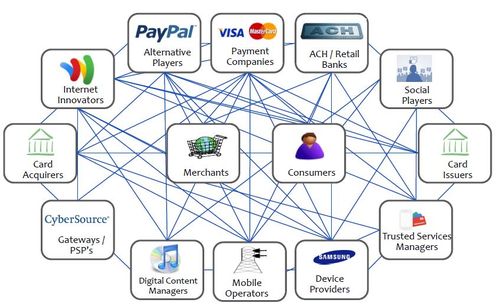
No wonder all the research out there concludes that a bank
trying to offer a service to customers through the mobile internet without
partnering is believed to be business model least likely to work:
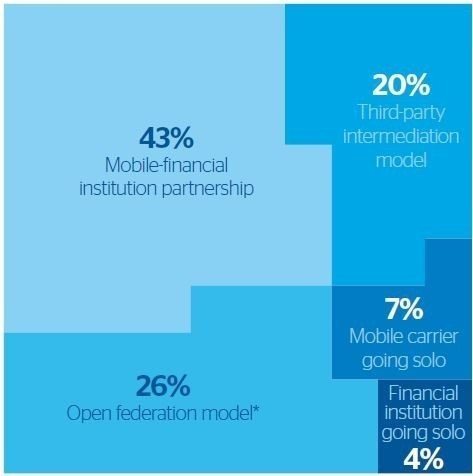
Source: BBVA (see end of blog)
In summary, a bank now has to partner to deliver mobile finance.
That means that the bank that used to do everything itself
is now just part of a mixed value chain of solution providers covering hardware manufacturers,
network operators, payments processors, information service providers and more.
They are just the financial functionality app in the value chain
of mobile internet services, with some being stripped raw as a pure transaction processor in this value chain and nothing more.
That’s a tough call for some in the banking business, where they've enjoyed vertical
integration for the past century, and organised themselves around product silos with channel layers.
Again, it just reinforces why all banks must change to compete in the 21st century business model of 2013.
Postnote
The picture is sourced from the excellent BBVA PDF that
summarises all of the latest mobile financial research, November 2012. Read it all if you have the time:
Chris M Skinner
Chris Skinner is best known as an independent commentator on the financial markets through his blog, TheFinanser.com, as author of the bestselling book Digital Bank, and Chair of the European networking forum the Financial Services Club. He has been voted one of the most influential people in banking by The Financial Brand (as well as one of the best blogs), a FinTech Titan (Next Bank), one of the Fintech Leaders you need to follow (City AM, Deluxe and Jax Finance), as well as one of the Top 40 most influential people in financial technology by the Wall Street Journal's Financial News. To learn more click here...








